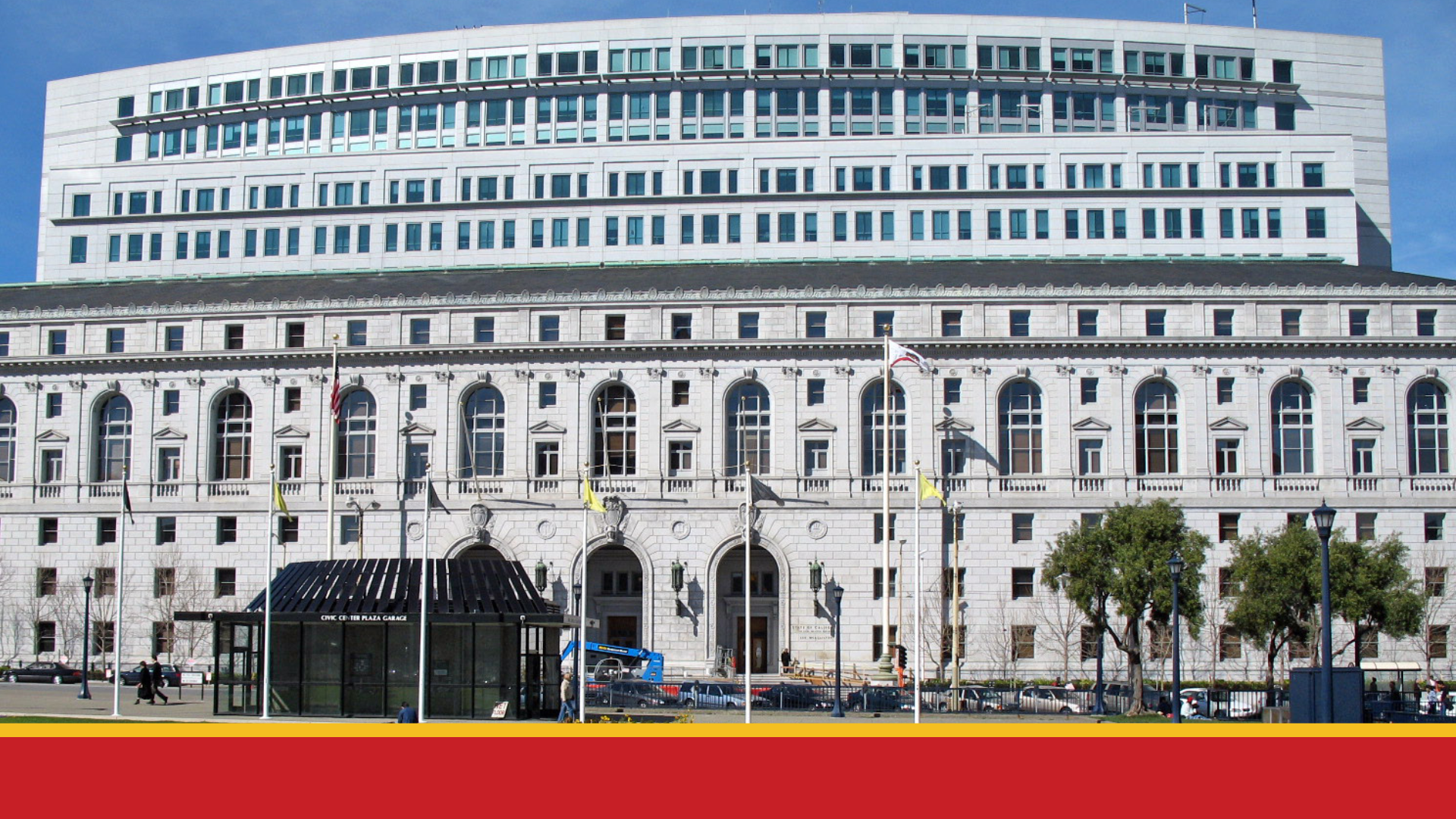 The California Supreme Court last week issued opinions on two cases that, while not in favor of the local governments involved, do provide local agencies with some clarity. The League of California Cities filed an amicus brief for each case.
The California Supreme Court last week issued opinions on two cases that, while not in favor of the local governments involved, do provide local agencies with some clarity. The League of California Cities filed an amicus brief for each case.
Clarification of a “failure to warn test” for design immunity
In Tansavatdi v. City of Rancho Palos Verdes, the California Supreme Court held that public entities may be liable for failing to warn of an allegedly dangerous design of public property that is subject to design immunity in Government Code section 830.6.
In the case, the mother of a bicyclist sued Rancho Palos Verdes, asserting liability for her son’s death after he was hit by a truck while riding through an intersection with no bike lane.
Design immunity precludes public entities from liability for injuries that were allegedly caused by a defect in the design of a public improvement if it was discretionarily approved by authorized personnel and substantial evidence supports the reasonableness of the approval.
Although the city established that it was entitled to design immunity, the plaintiff alleged the city was still liable because it failed to warn cyclists about the absence of the bike lane. The city contended that liability for failure to warn is covered by design immunity, but the California Court of Appeal’s opinion called that into question.
The California Supreme Court held that design immunity does not categorically preclude failure to warn claims that involve a discretionarily approved element of a roadway. Furthermore, while design immunity shields public entities from injuries resulting from the design of the physical features of a roadway, they might still need to warn the public of the roadway’s dangers.
Under the California Supreme Court’s opinion, a public entity can be entitled to design immunity, but still be held liable for failure to warn if the plaintiff establishes:
- The public entity had actual or constructive notice that its design resulted in a dangerous condition.
- The dangerous condition qualified as a concealed trap. For example, the condition would not have been reasonably apparent to, and would not have been anticipated by, a person exercising due care.
- The absence of a warning sign was a substantial factor in causing the injury.
The case was remanded back to the trial court to determine whether the plaintiff can prove the city is liable under this test.
Certain Lease-Leaseback arrangements not subject to validation
In Davis v. Fresno Unified School District, the California Supreme Court considered whether bond-funded lease-leaseback agreements are subject to judicial validation under Government Code section 53511 — meaning they can only be challenged within a much shorter statute of limitations — even if the contract does not expressly include a financing component.
The Fresno Unified School District (FUSD) utilized a lease-leaseback arrangement to build a middle school. It leased the project site to Harris Construction Company, which then subleased the property back to FUSD in exchange for monthly payments that would pay for the construction of the school. FUSD paid the monthly payments with proceeds obtained from bond sales.
The plaintiff, a general contractor in Fresno, filed a reverse validation and taxpayer action, claiming that the arrangement was legally invalid. The Court of Appeal agreed on the grounds that the school district was using its own funds obtained from a bond issue instead of third-party financing to be obtained by the construction company, and that the lease-leaseback agreement was not subject to validation because it failed to include a financing element.
The court further held that the plaintiff could pursue a taxpayer’s action under Code of Civil Procedure section 526(a). If successful, the school district would have to pay back $36 million in construction funds to taxpayers.
The California Supreme Court granted review of the case. In a narrowly tailored opinion, it held that the specific lease-leaseback contract at issue was not a contract subject to validation. The court reasoned that to be subject to validation, a contract must inextricably be bound with the government indebtedness or with debt financing guaranteed by the agency. To satisfy this standard, the contract must be one on which the debt financing of the project directly depends.
The lease-leaseback arrangement at issue did not satisfy the standard because the underlying project was fully funded by a prior sale of general obligation bonds and payment of the debt service on the bonds was from ad valorem property taxes. Therefore, the payment did not depend on the lease-leaseback arrangement or even on completion of the project.
The case will likely be remanded to the trial court, where the plaintiff may pursue a taxpayer’s action against the school district.
For questions on these rulings or how they impact your local jurisdiction, please consult with your city attorney.





